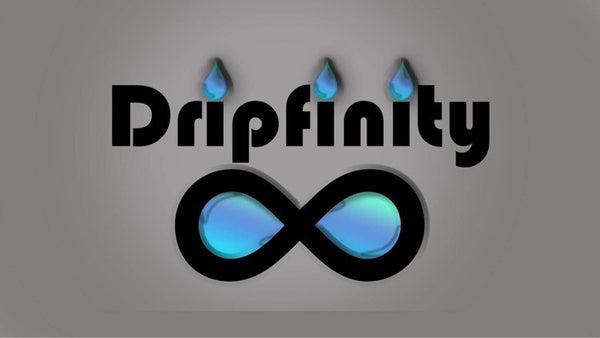The Rise of AI-Generated Art: Revolutionizing Ecommerce
Introduction
Over the past few years, Artificial Intelligence (AI) has made tremendous strides in various fields, from healthcare and finance to transportation and gaming. However, one area where AI has recently emerged as a game-changer is in the world of art. With the rise of AI-generated art, traditional notions of creativity and artistic expression are being challenged, opening up new doors for artists, art lovers, and ecommerce platforms alike.
AI-generated art involves using algorithms and machine learning to create artworks. These algorithms learn from existing artworks, analyze patterns, and generate unique pieces that imitate different styles or create entirely new ones. The capabilities of AI-generated art have sparked a revolution in ecommerce, providing artists with new opportunities to showcase and sell their work, and allowing customers to explore a vast array of art options from the comfort of their homes.
The Impact on Ecommerce
The integration of AI-generated art with ecommerce platforms has revolutionized the way people buy and sell artwork. Traditionally, purchasing art involved visiting galleries or art auctions, limiting access to a select few. However, with the emergence of AI-generated art, artists can now sell their creations online, reaching a global audience and transcending geographical barriers. Online marketplaces and print-on-demand services like Dripfinity Immersive Art have embraced AI-generated art and provide a platform for artists to showcase their work and connect with art enthusiasts.
For consumers, the rise of AI-generated art has resulted in a wider range of options to choose from. Whether it's a traditional painting or a digitally created masterpiece, AI-generated art offers an extensive selection that caters to diverse tastes and preferences. Ecommerce platforms like WondrAI provide user-friendly interfaces and AI-powered recommendation systems, making it easier than ever for customers to discover and purchase art that truly resonates with them.
The Expanding Role of Artists
With AI-generated art on the rise, the role of artists is evolving. Instead of solely relying on manual creation techniques, artists are now embracing AI as a creative tool. AI algorithms can analyze vast amounts of data, suggest new ideas, and assist artists in the creative process. This fusion of human expression and AI assistance has the potential to unlock unprecedented levels of creativity.
Artists can use AI as a source of inspiration, experimenting with different styles and techniques that they might not have explored otherwise. The collaboration between artists and AI also challenges established notions of authorship and originality, leading to thought-provoking conversations around the definition of art and what it means to be an artist in the digital age.
Challenges and Ethical Considerations
While the rise of AI-generated art presents exciting opportunities, it also raises ethical concerns. Questions about copyright, ownership, and the value of art in a world inundated with AI-generated creations come to the forefront. Determining the originality and uniqueness of AI-generated art becomes a complex task, as algorithms can replicate styles and imitate famous artists.
Additionally, concerns regarding the displacement of traditional artists and the potential oversaturation of the art market arise. As AI-generated art gains popularity, some traditional artists may feel marginalized, as the digital realm becomes more dominant. Striking a balance between AI and human-driven art while ensuring fair opportunities for both is a challenge that needs to be addressed.
The Future of AI-Generated Art
The rise of AI-generated art is just the beginning of a revolution in the art world. As technology continues to advance, AI will become an integral part of the artistic process, offering new avenues for creativity, expression, and consumption. With the development of more sophisticated algorithms and AI tools, we can anticipate a future where AI-generated art seamlessly integrates into our daily lives, influencing the way we perceive and engage with art.
In conclusion, AI-generated art is revolutionizing ecommerce by providing artists with new platforms to showcase their work and opening up a world of possibilities for customers. As this trend continues to grow, conversations around ethics, originality, and the role of artists will shape the future of the art world. To explore and experience the exciting world of AI-generated art, visit Dripfinity Immersive Art and learn more about how AI can transform your artistic journey at WondrAI.

